Maintaining high software quality depends heavily on effective test automation, and with AI and natural language processing tools like ChatGPT, automation approaches are rapidly evolving. We explore ChatGPT’s use cases, integration challenges, and potential benefits for test automation.
How can ChatGPT be used for test automation?
1-Generating test cases
ChatGPT can help generate test cases based on user requirements or user stories, provide a clear description of the application’s functionality, and come up with multiple scenarios and test cases to cover various aspects of the application. ChatGPT can quickly generate multiple test cases based on user requirements, helping reduce the time spent on manual test case creation (See Figure 1).
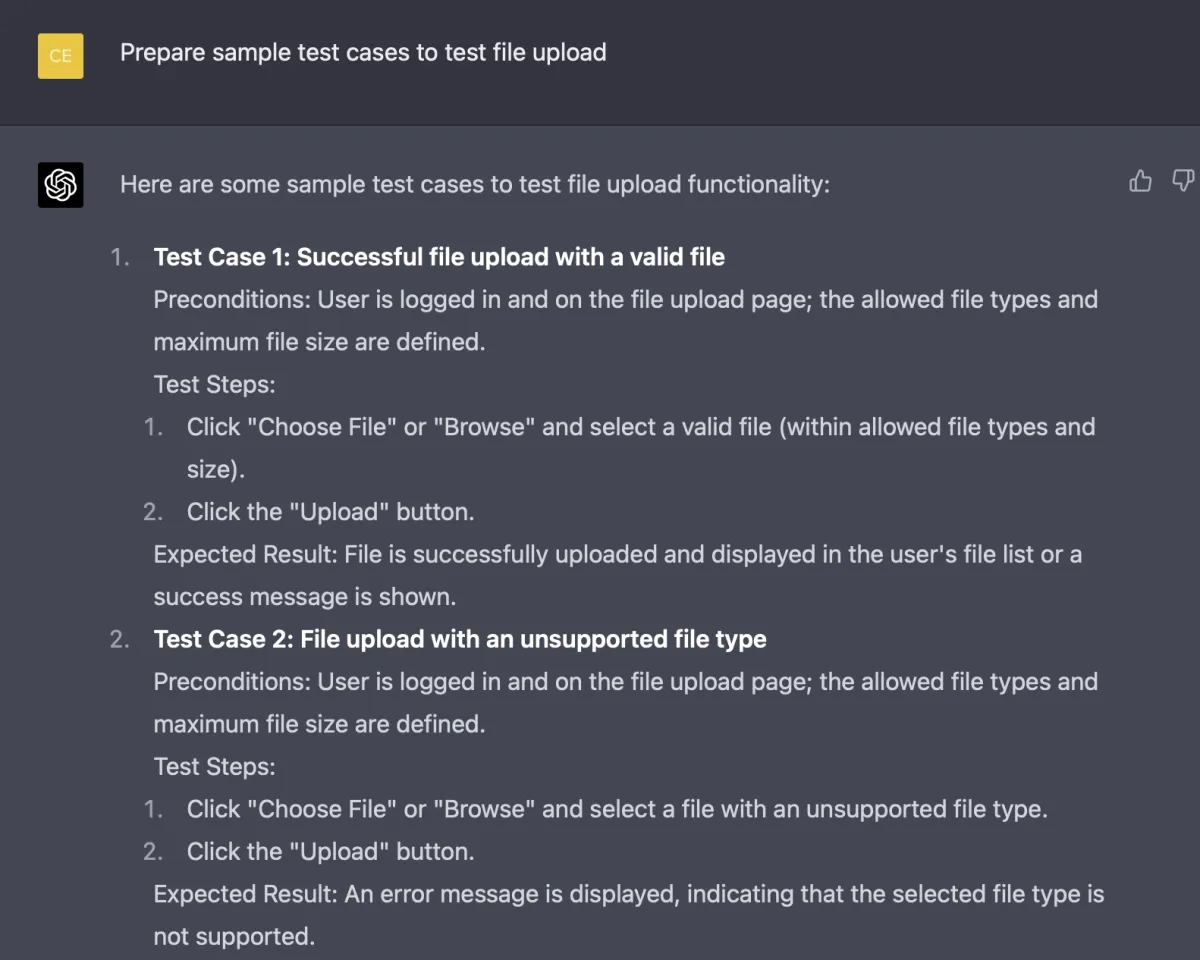
Figure 1: Generating test cases with ChatGPT
2-Generating test code thanks to Natural Language Processing (NLP)
ChatGPT can convert natural language descriptions into test automation scripts. Understanding the requirements described in plain language can translate them into specific commands or code snippets in the desired programming language or test automation framework (See Figure 2).

Figure 2: NLP to test scripts via ChatGPT-4
3-Test script maintenance
As an AI language model, ChatGPT can assist in maintaining test scripts by identifying outdated or redundant code, suggesting improvements, and even automatically updating scripts when provided with new requirements or changes in the application.
4-Code review assistance
ChatGPT can help review test scripts and suggest improvements, potential issues, or optimization opportunities. Figure 3 shows some aspects of how ChatGPT can help during the code review process when asked, “How can you help me with the code review process?”
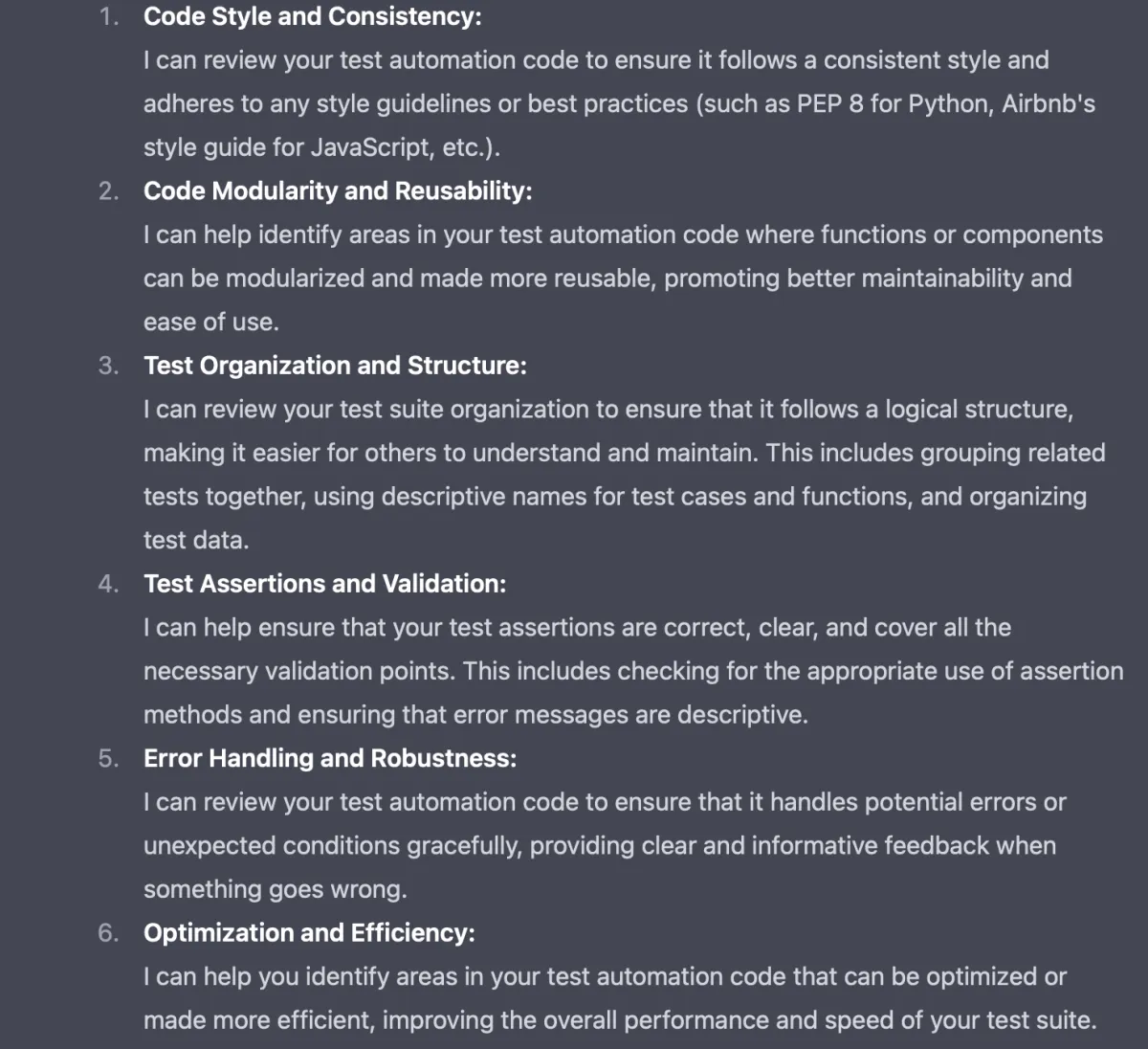
Figure 3: ChatGPT and code review process
5-Test data generation
ChatGPT can generate realistic test data based on the input parameters, such as creating valid email addresses, names, locations, and other test data that conform to specific patterns or requirements. Figure 4 shows ChatGPT’s answer to generating realistic test data for user registration, including first name, last name, email, and password, when asked to use the Faker library in Python to generate this data.
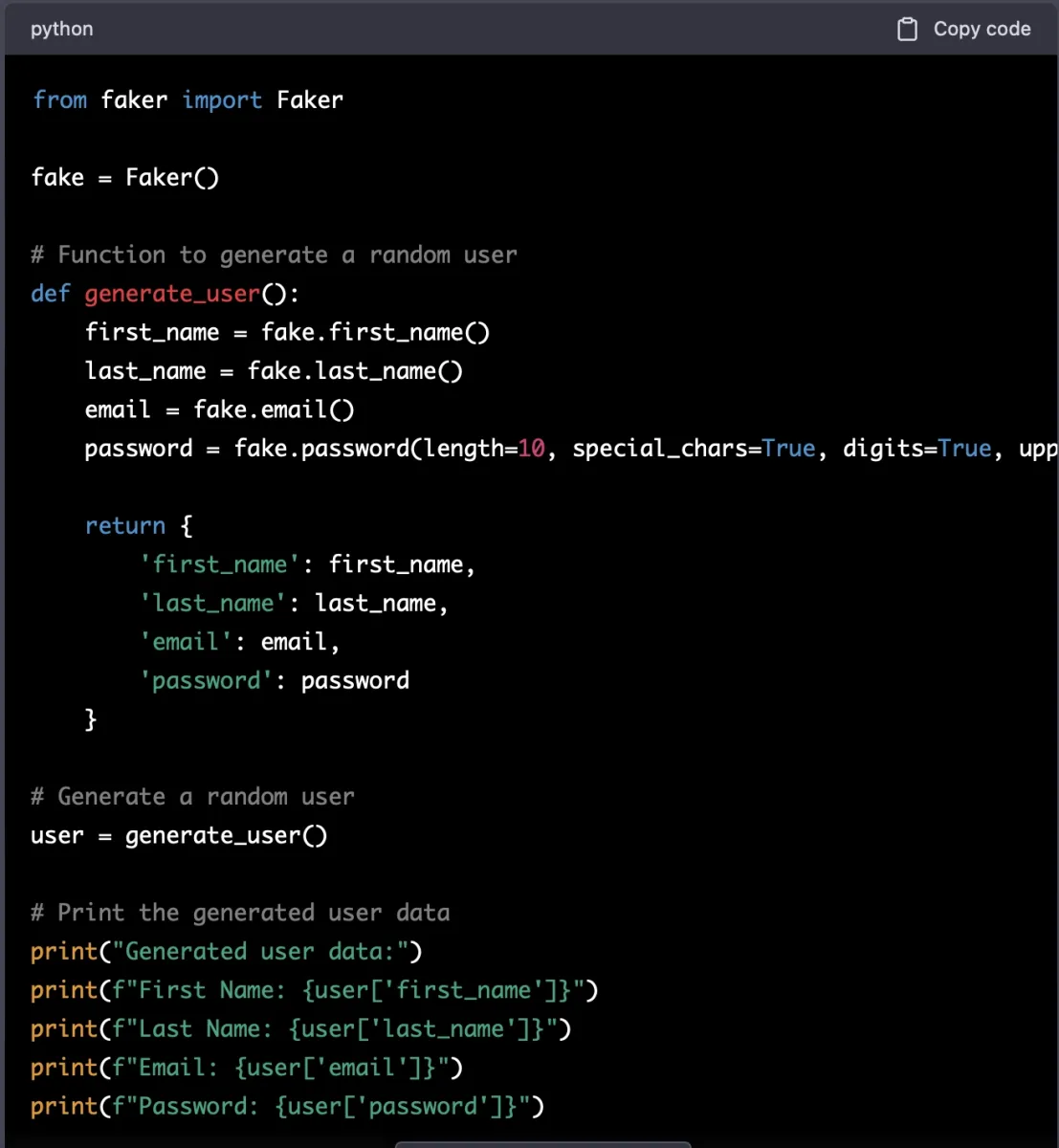
Figure 4: Test Data generation with ChatGPT-4
6-Test documentation
ChatGPT can assist in creating and maintaining test documentation, including test plans, test cases, and test results, by generating descriptive content based on the available information. See Figure 5 for how ChatGPT can provide support in test documentation.
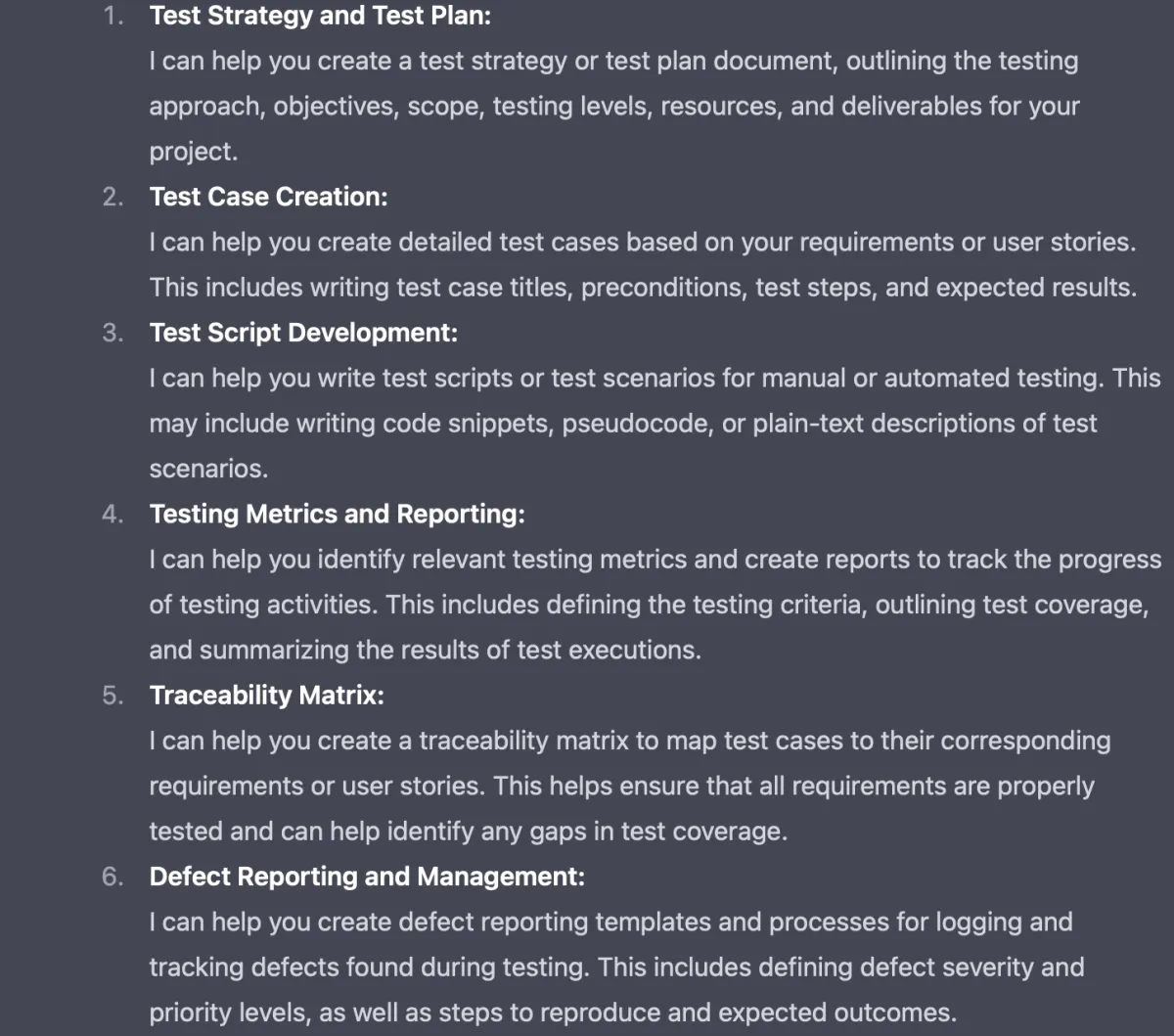
Figure 5: ChatGPT and test documentation
7-Debugging assistance
By parsing logs and error messages, ChatGPT can help identify the cause of a failed test and suggest possible solutions or workarounds. ChatGPT can bridge the gap between technical and non-technical team members by interpreting and converting natural language descriptions into test scripts, fostering better communication and collaboration.
8-Test result analysis
ChatGPT can analyze test results and provide a summary, including the number of passed/failed tests, test coverage, and potential issues.
What are the challenges of using ChatGPT for test automation?
1-Accuracy limitations
ChatGPT may generate inaccurate or incomplete test cases as an AI model, which may not fully cover the application’s functionality. Human validation is still necessary to ensure the quality of test cases and scripts. ChatGPT may generate inaccurate or incomplete test cases as an AI model, which may not fully cover the application’s functionality. Human validation is still necessary to ensure the quality of test cases and scripts.
Example
We can consider a software testing scenario where ChatGPT is asked to generate test cases for a function that calculates the factorial of a non-negative integer. It can give us the following incomplete/incorrect code (See Figure 6)

Figure 6: ChatGPT generated non-negative integer test case
Here, human validation is needed because:
- This test case does not properly address the negative input scenario, as it expects the factorial of a negative number to be equal to 1. A more appropriate test case would expect an error to be raised or a specific output to indicate invalid input.
- The test case should include additional edge cases and examples to ensure comprehensive testing of the function. Examples include testing with input 0 (expected output: 1) and a positive integer (e.g., input 5, expected output: 120).
2-Model biases
ChatGPT might exhibit biases in its training data, leading to biased or incorrect suggestions or interpretations.
Example
In the context of test automation, ChatGPT might exhibit bias if, for example, a user asks which test automation tool is best suited for a particular development environment, such as Java. If the training data contains a disproportionate number of positive mentions or examples of one tool (say, Selenium) over others (like Cypress or TestComplete), ChatGPT might suggest Selenium more frequently, even when another tool might be a better fit depending on the context.
3-Integration complexity
Integrating ChatGPT into an existing test automation workflow can be complex, requiring expertise in API integration and customizations to fit specific needs.
Example
Generating test scripts with ChatGPT might require custom code to ensure the output fits existing tools like Selenium, as well as handling potential inaccuracies in generated scripts. Additionally, expertise is needed to securely manage data transmission and ensure the system integrates smoothly into the CI/CD pipeline while maintaining error handling and compliance with internal standards.
4-Intellectual property concerns
Relying on an AI-generated code may raise intellectual property concerns, as the generated test scripts could potentially resemble existing copyrighted code.
Example
A key intellectual property concern with AI-generated code is the risk of unintentional copyright infringement. For example, if a company uses ChatGPT to generate test scripts, the output may resemble copyrighted code from public repositories. This could lead to legal issues if the AI-generated script includes functions or structures from proprietary or restrictive open-source frameworks without proper attribution.
5-Dependency on external services
Utilizing ChatGPT for test automation requires a stable internet connection to interact with the API, which could lead to dependency on external services and potential downtime.
Example
For instance, if you’re using ChatGPT to automate testing in a continuous integration pipeline, the system relies on a stable internet connection to communicate with the API for generating test cases or responses. If the internet connection is disrupted or the API service experiences downtime, the entire testing process could be delayed, potentially halting the release cycle and creating a dependency on external factors beyond your control.
If you have further questions, reach us

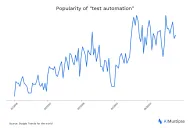
Comments
Your email address will not be published. All fields are required.